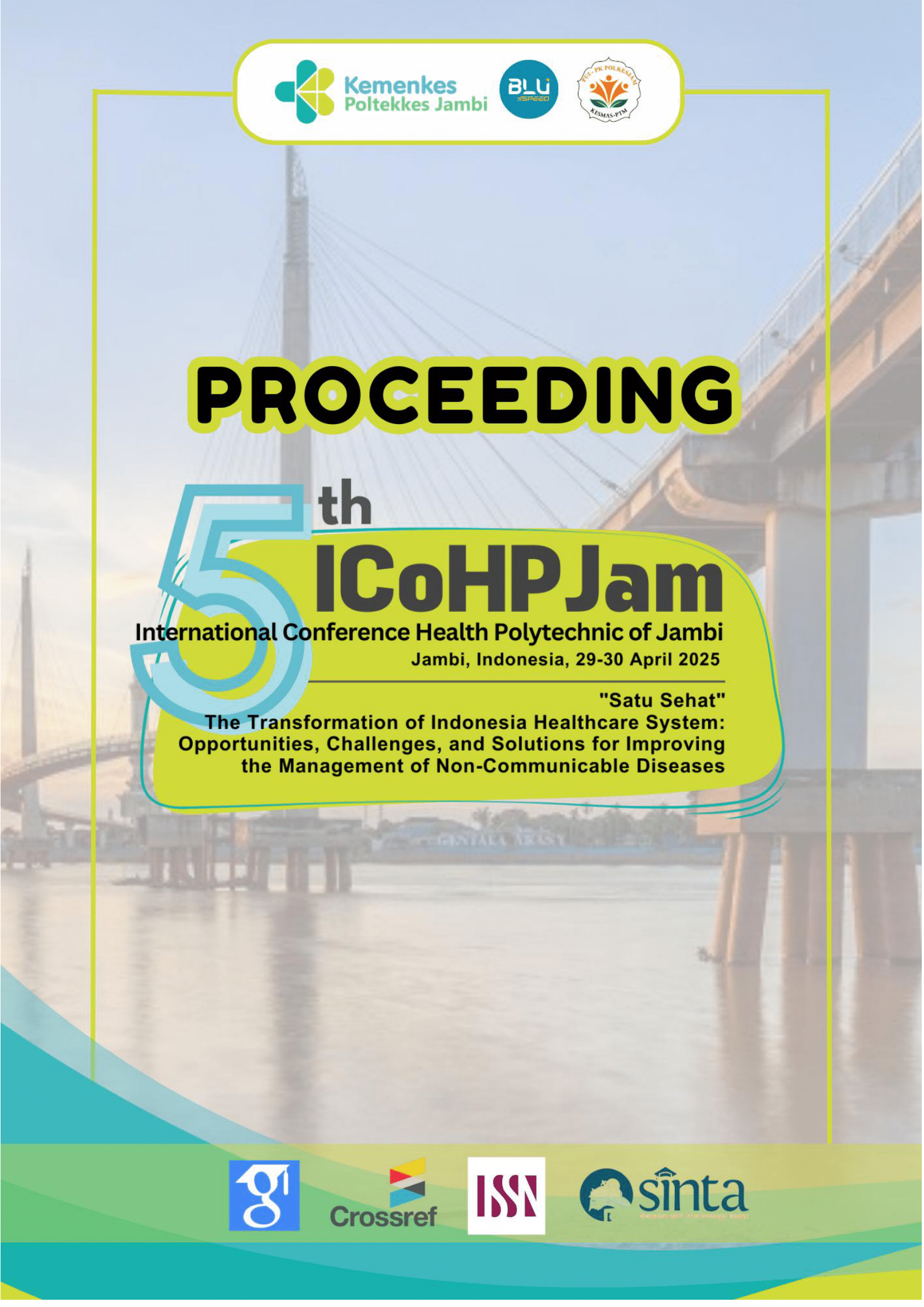Correlation between Estimated Glomerular Filtration Rate (eGFR) and Microalbuminuria at the Kimia Farma Palembang Medical Laboratory in 2024
Abstract
Background: Uncontrolled diabetes mellitus (DM) can lead to complications, including microangiopathy (abnormalities in small blood vessels), which affects various organs, including the kidneys (nephropathy). Diabetic nephropathy is caused by abnormalities in the small blood vessels of the renal glomerulus. The earliest indicator of diabetic nephropathy is the presence of albumin in the urine. Persistent albuminuria (microalbuminuria), an early marker of diabetic nephropathy, can also be assessed using the estimated glomerular filtration rate (eGFR).
Methods: Descriptive research with a cross sectional approach. The data were collected as secondary data from August to November 2024. The sampling technique used was purposive sampling, resulting in 191 patients with the inclusion and exclusion criteria. The data were analyzed in univariate and bivariate with the Spearman correlation test.
Results: From the research obtained, the average Microalbuminuria in DM patients is 117.40 mg/dL. The results of the Correlation Test showed p value of 0.296 which means a p value > 0.05, means that the correlation is not statistically significant at a confidence level of 95%.
Conclusion: There is no correlation between Estimated Glomerular Filtration Rate (eGFR) and Microalbuminuria at the Kimia Farma Palembang Medical Laboratory in 2024. DM patients can reduce the risk of complications leading to kidney failure with optimal glycemic control and perform eGFR and Microalbuminuria laboratory examinations regularly.
Keywords: Diabetes Mellitus, eGFR, Microalbuminuria



